 |
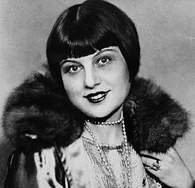 |
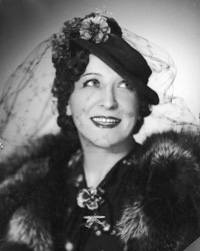 |
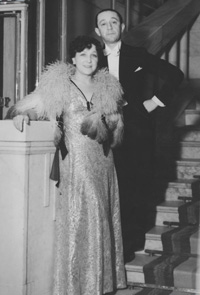 |
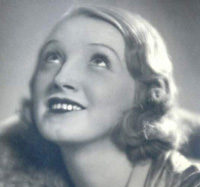 |
 |
Polish women won the vote when Poland regained nationhood in 1918, but their real liberation began when they started dancing the Charleston. In Poland’s theater-saturated culture, the battle for women’s rights to social and sexual freedoms – the long-denied right to enjoy rather than sacrifice themselves – was waged most vividly not in the Sejm, but on the stage, where actresses broke social taboos with impunity, modeled fashionable new looks and behaviors, and swayed public opinion with wild success. During Poland’s Second Republic (1918-1939), the most dazzling poster-women for emancipation were popular female performers. Literary cabarets such as Qui pro Quo, Banda, and Cyrulik Warszawski as well as lavish revues such as Andrzej Wlast’s Morskie Oko cultivated attractive female artists who won ardent fans among upper middle class and professional audiences even as they were touted as all-class celebrities in the popular press. That these young women were shunned as immoral by their families or reduced to hunger and homelessness early in their careers no longer mattered once they had become famous. On the pages of the press they served as both product models and conspicuous consumers of luxury goods such as mink coats and foreign automobiles. They wowed the public as women who earned big money and indulged themselves as much as they pleased.
The three most influential female stars of the interwar period were two brunettes and a blonde – Zula Pogorzelska (1896-1936), Mira Zimińska (1901-1997), and Hanna Ordonówna (1902-1950). All three attained stardom in the cabaret and were sometimes featured in revues; both Zimińska and Ordonówna crossed an ever lower boundary between popular entertainment and high culture, performing comic or dramatic parts on the legitimate stage. In at least one case, the scope of their performances attested to exceptional talent, but, above all, they were courted by theater directors because of their drawing power as successful cabaret stars. On the cabaret stage, these women had established themselves as personalities, as distinctive performers who had formed an electric, intimate bond with their loyal fans. Their fans would follow them anywhere they were invited to play.
Zula Pogorzelska, the first to attain stardom, taught women in Warsaw and, by extension, all Poland how to do the latest sexy dances – the Charleston, the foxtrot, the black bottom. As tame as these steps seem today, they were said to channel sexual energy and release dancing couples, particularly long-corseted ladies, from their inhibitions. With her big eyes, bow mouth, bobbed hair, and gorgeous legs, Zula was Warsaw’s first bombshell and flapper. She did not play the vamp. She appealed to female fans as a gal pal who sang openly about her desires (a villa, a yacht, a comforting bedfellow) and good-naturedly spoofed herself and others. Her numbers also aroused empathy for the new service workers of the city – socially stigmatized taxi dancers and gigolos. An adorable comedienne, character singer, and vivacious dancer, Zula showed women how to have fun without guilt in the modern material world.
Zimińska, who bloomed a bit later, shared Zula’s exuberance and carefree exhibitionism onstage. She couldn’t match her friend’s sex appeal, but she bested almost every cabaret performer with her improvisational skill and natural wit. Her dangerously inclusive impersonations ranged from poor, lovelorn shop girls to wealthy society hostesses. Zimińska, whose parents had worked backstage in provincial theater, never went to university, but she thrived intellectually and artistically in the male company of the great lyricists and liberal critics who supported Warsaw’s literary cabaret – artists such as Julian Tuwim and Marian Hemar and cultural critics such as Antoni Słonimski and Tadeusz (Boy) Żeleński. Wanting to impress her “boys,” Zimińska researched and performed a highly acclaimed one-woman show in early 1933, impersonating popular female singers from the fin de siècle to the 1920s. Her intelligence and adaptability likewise equipped her to shine in legitimate theater roles. Zimińska proved that an attractive cabaret comedienne could muster considerable intellectual and artistic firepower, gleefully playing ball with the boys.
Arguably the most popular of Warsaw’s cabaret stars was Hanna Ordonówna, who toiled for several years as a dancer and a bit player before she hit on a winning stage persona. Her pursuit of a cabaret performer’s lifestyle, including extramarital affairs, cost her her parents’ approval and eventually won her the adoration of the crowd. Lithe, blonde, with willowy limbs and the face of a melancholy Greek goddess, Ordonówna (nicknamed Ordonka), was transformed into a star through her romance with Fryderyk Járosy, an Austrian/Hungarian conferencier who pitched his tent in Warsaw in the early 1920s. Járosy, a superb director, trained her as a diseuse, a blend of actress and singer who artfully shifted between singing and speech to confide, exhort, ruminate, and languish before her audience. In her solos and, later, one-woman concerts, Ordonka was almost invariably steeped in romantic ecstasy or despondency and made delectable by her costuming, physical grace, and an added touch of class. Onstage she epitomized the sophisticated modern woman who wore her heart on her sleeve. Practically all female Warsaw aspired to dress, move, live, and love like Ordonka.
Zula, Zimińska, and Ordonka ushered in a new era of actress-fan symbiosis in Poland, encouraging women offstage to go public with emancipated ways of talking, acting, consuming, and pursuing their dreams. Their life stories demonstrated how poor girls could work their way to the top through talent, looks, discipline, and luck. As established stars, they crossed class boundaries with relative ease and buried old notions of women’s sexual purity as passé. Of course, only a handful of women could retrace their success stories. Yet the alluring models that Zula, Zimińska, and Ordonka incarnated revolutionized what twentieth-century Polish women could want and be.
Imagery
- Zula Pogorzelska: The bob and the kewpie doll mouth via Biblioteka Polskiej Piosenki
- Zula in fur and pearls
- Mira Ziminska in her glory, via Narodowe Archiwum Cyfrowe, sygn. 1-K-9462
- Mira with cabaret writer and performer Konrad Tom, via Narodowe Archiwum Cyfrowe, sygn. 1-P-2523-8
- Hanka Ordonówna
- Hanka Ordonówna
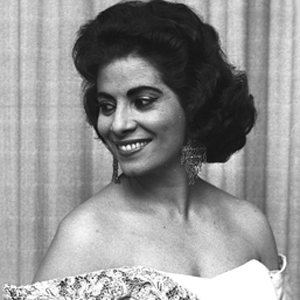
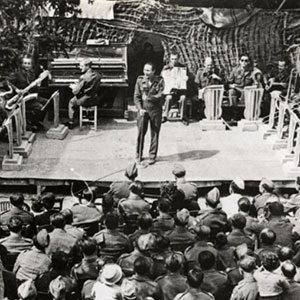
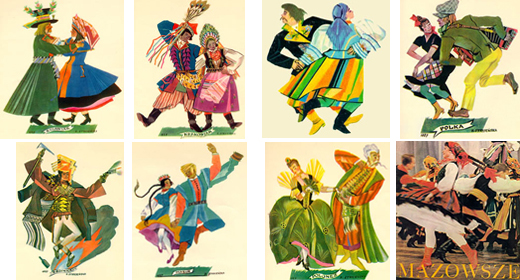

Pingback: A Warsaw Star in Tel Aviv: Fryderyk Járosy at “Li-La-Lo,” 1947-1948
Pingback: The Cabaret Star and the Orphans: From Warsaw to India